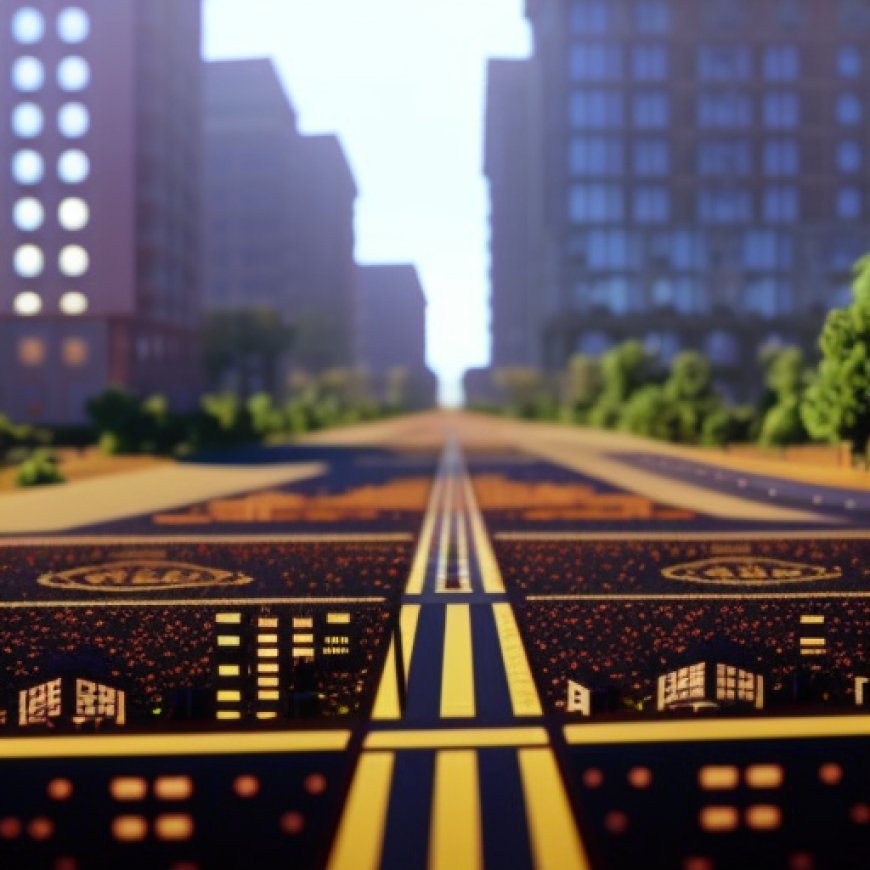Voters to decide fate of Petaluma’s urban growth boundary


A New Measure to Extend Petaluma’s Urban Growth Boundary
A new measure placed by the Petaluma City Council onto the upcoming November ballot will let voters decide whether the city’s urban growth boundary should be extended through 2050 or allowed to expire at the end of next year.
The Importance of Sustainable Development Goals
The current UGB, as it’s referred to, is part of Petaluma’s decadeslong plan to manage growth and prevent urban sprawl. In January, the council voiced support to extend this long-standing boundary, but ultimately voted 6-0 on July 1 to let city residents decide. Council member Karen Nau was absent during that vote.
The result is Measure Y, which would authorize a Petaluma General Plan amendment to limit the city’s outward growth, along with other boundary-related changes, for another 25 years. The council approved the ballot argument language at its July 15 meeting 7-0.
Extending the UGB’s term is a top council priority this fiscal year. Language from the argument in favor of the measure states that a “yes” vote will “ensure that a future city council does not allow subdivisions to creep up Sonoma Mountain or to the county line.”
A “no” vote “is an expression of support for sprawl at every edge of our city. Sprawl is financially unsustainable and a direct threat to our agricultural lands and scenic hillsides,” the ballot argument states.
The UGB’s term extension aligns “with the City Council’s goal to preserve and protect Petaluma’s environment for future generations and to become a municipal leader in sustainability by protecting our river and open space; reducing and drawing down greenhouse gas emissions; and encouraging sustainable development,” according to a July 15 staff report.
Details of the Measure
As detailed in a prior July 1 staff report, the ballot measure will not propose changes to the existing UGB boundaries, which have been in place since 1998, and mirrors a 1987 “Urban Limit Line.”
The most significant part of Measure Y is to extend the current UGB’s term through Dec. 31, 2050. Staff chose this date to align with what they anticipate will be the implementation of the next General Plan, said Heather Hines, special projects manager, at the council’s July 15 meeting.
Some changes were specific to “transit-oriented” development criteria, Hines said.
Based on the council’s direction, staff eliminated references to three out of four previously identified “possible expansion areas.” In total, those four areas encompass about 330 acres. The only possible expansion area to be included in this iteration of the UGB is the half-mile radius extending from Sonoma-Marin Area Rail Transit’s forthcoming Petaluma North station.
As it’s proposed, no more than 120 acres may be brought into the city’s UGB for transit-oriented “residential and local-serving commercial development” before the 2050 expiration date.
Since the UGB term extension is part of a General Plan amendment, changes also included “conforming amendments” to the Petaluma General Plan 2025 “to ensure internal consistency,” according to the July 1 staff report.
According to staff, it will cost the city between $58,902 and $98,170 to place the item on the ballot for the November election, not including staff time from city departments involved in preparing the measure.
History of the UGB
What is now known as the urban growth boundary began as a means for the city to manage its growth in response to sprawling development and failing infrastructure in the 1960s. The first efforts to manage growth were included in the city’s 1961 General Plan, which recognized the benefits of compact development, according to the July 1 staff report.
In the 1970s, the city incorporated a means of regulating new development in some of its environmental plans and residential growth plans.
The “Urban Line Limit” was incorporated in the 1987 General Plan and its boundaries are “nearly identical” to current boundaries, staff said, along with the four possible expansion areas.
The urban growth boundary was formally established in 1998 and approved by voters that same year. Voters opted to extend it again in 2010.
The 2010 approval was set to expire in 2025 to coincide with the General Plan adoption, but that planning went longer than expected, hence staff’s recommendation to place the item on the ballot for this year’s election.
During the July 15 meeting, council member Mike Healy said language from the 2010 ballot argument formed “part of the basis” for the current argument. He was part of the City Council subcommittee that wrote the argument language, which also included Mayor Kevin McDonnell and council member Brian Barnacle.
Healy added that no anti-argument was submitted in 2010, and he foresaw no need to include a rebuttal argument in this year’s ballot measure.
The next City Council meeting is scheduled for 6:30 p.m. Aug. 5 at 11 English St., Petaluma.
You can reach Staff Writer Jennifer Sawhney at 707-521-5346 or jennifer.sawhney@pressdemocrat.com. On X (Twitter) @sawhney_media.
Source: petaluma360.com








